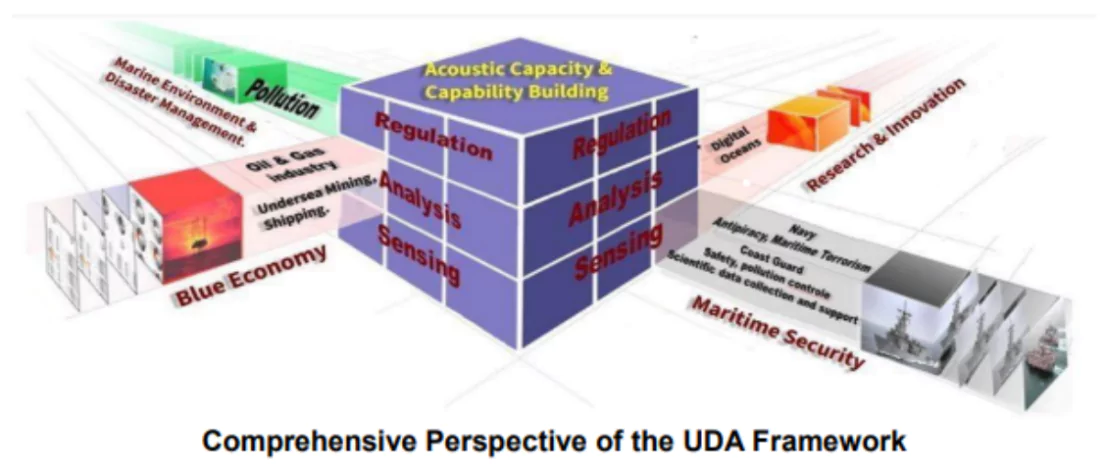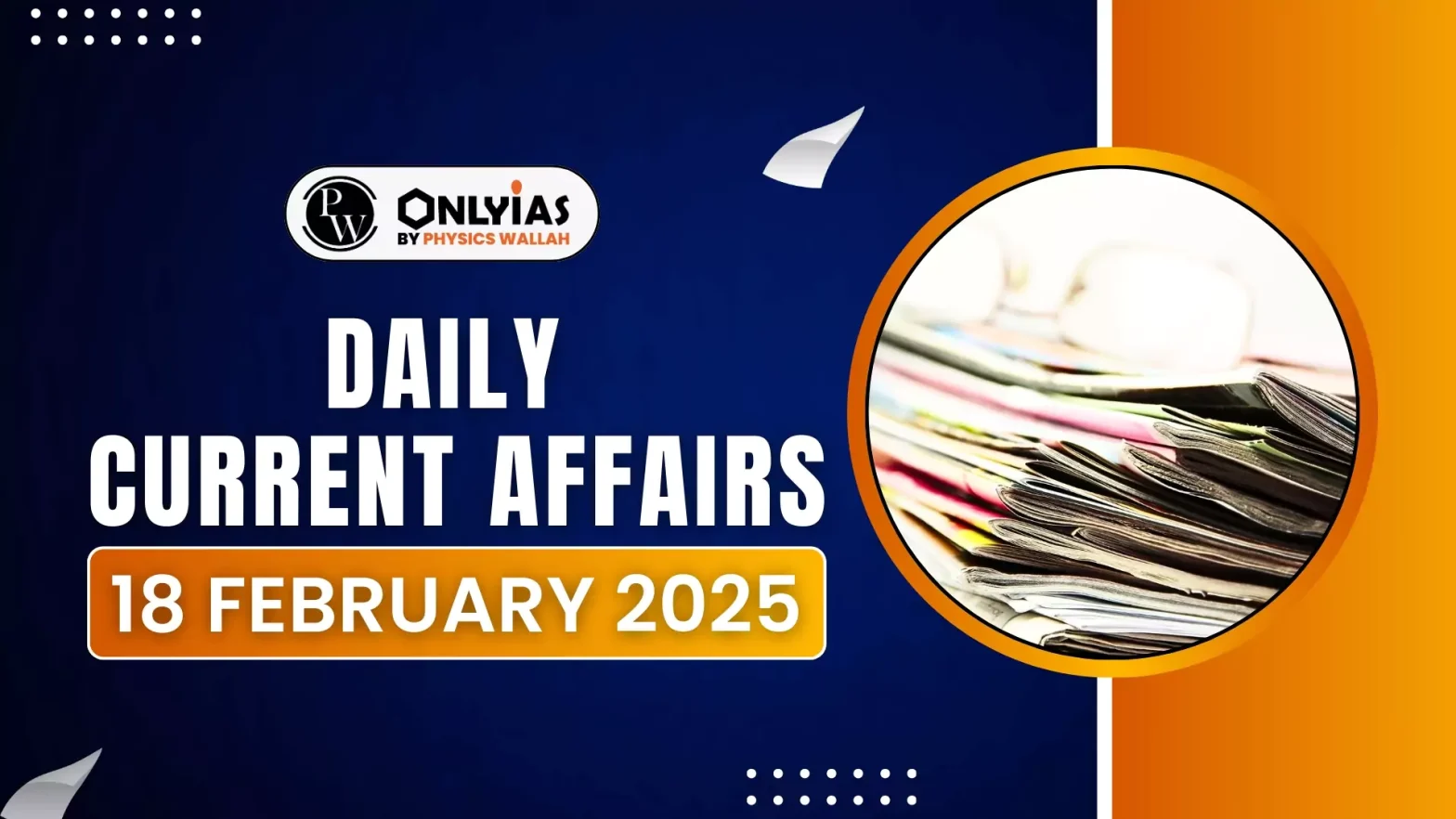A new initiative namely, the Autonomous Systems Industry Alliance (ASIA) has been announced between India and the United States to scale up their cooperation in underwater domain awareness (UDA).
- Joint Statement: Both the countries pledge to accelerate defence technology cooperation across space, air defence, missile, maritime and undersea technologies.
- The U.S. has announced a review of its policy on releasing fifth-generation fighters and undersea systems to India.
About the Autonomous Systems Industry Alliance (ASIA)
- Based On: The alliance initiative is based on the US-India Roadmap for Defence Industrial Cooperation, particularly focusing on autonomous systems.
- Aim: The alliance has identified a range of UDA technologies for co-production and co-development in India on a commercial basis and is aimed at scaling up industry partnerships and production in the Indo-Pacific region.
- India is the first country with whom the U.S. defence industry will work on these sensitive technologies
- Need: The rapid expansion and increasing presence of the Chinese Navy in the Indian Ocean region has called for increased maritime domain awareness, especially, underwater domain awareness.
- Technologies Included:
- The Sea Picket autonomous surveillance system with sonar acoustic array produced by Thayer Mahan
- The Wave Glider unmanned surface vehicle systems:
- Boeing’s Liquid Robotics and Sagar Defence Engineering are in negotiations for the co-production of 60 Wave Glider platforms in India
- Low frequency active towed sonar:
- L3 Harris and Bharat Electronics to collaborate on the co-development of active towed array systems.
- Multistatic active (MSA) sonobuoys: It is a high-end technology which can be used to track submarines in the deep seas and oceans
- Ultra Maritime’s sonobuoys will be co-produced in India in partnership with the defence public sector undertaking Bharat Dynamics Limited.
- Large diameter autonomous undersea vehicles produced by Andruil
- Anduril Industries and Mahindra Group has announced a partnership on advanced autonomous technologies.
- Triton autonomous underwater and surface vehicle produced by Ocean Aero.
|
About Underwater Domain Awareness (UDA)
- Meaning: The Underwater Domain Awareness (UDA) is part of the broader framework of Maritime Domain Awareness focusing on the underwater realm of our maritime areas and the freshwater systems.
- Components: UDA as a concept integrates all the four stakeholders, synergising efforts for ensuring safe, secure, sustainable growth for all in the region.
- The Security Apparatus: To defend the Sea Lines of Communication (SLOC), coastal waters and varied maritime assets against the proliferation of submarines and mine capabilities intended to limit the access to the seas and littoral waters
- Blue Economic Entities: To gain precise inputs on the availability of underwater resources (fisheries, aquaculture, seaweeds, pharma ingredients, minerals etc) for sustainable and efficient exploration and exploitation.
- Environmental regulators and disaster management: The precise estimate of the habitat degradation and species vulnerability caused by commercial sea activities and to assess the ecosystem status and climate change risk for any conservation initiative:
- Research and Development: Monitoring the earth’s underwater geophysical activities.
- Challenges:
- Lack of Resources: Installing UDA technologies will require resources such as cutting-edge technology, funds, and professional personnel to effectively carry out surveillance.
- Huge coastal Area: India has a coastline stretching over 7,500 kilometres and an extensive Exclusive Economic Zone (EEZ) which makes the task of monitoring such vast maritime boundaries daunting.
- Self Reliance: India is reliant on foreign technology for underwater monitoring devices which can create issues for national security, costly defence acquisitions, operation, maintenance and recycling problems.
- Difficult Surveillance: Natural factors like seasonal monsoons and underwater topography can complicate surveillance activities, and a lack of coordination between agencies responsible for maritime security impairs cooperation efficiency.
- Environmental Problems: Increased presence of underwater vehicles and sonars will disturb the pristine habitat of the underwater species.
- Fragmented Maritime Strategy: Military maritime strategies cannot succeed in the case of fragmented maritime governance and governance gaps that continue to exist without an all-encompassing maritime strategy.
- Opportunities for India:
- Build Situational Awareness: Deploying advanced UDA systems will lead to increased situational awareness in the region which will help in proactively managing maritime issues and pre-empting conflicts by detecting potential threats or incidents underwater at an early stage
- Maritime Diplomacy Capabilities: India can engage in security partnerships at sea with other nations through information sharing and other confidence-building measures attaining closer diplomatic relationships
- Collective Responses: Common maritime challenges in the region like environmental degradation, spying, resource exploration etc can be collaborated along.
- Freedom of Navigation: India by employing enhanced UDA capabilities can help secure vital waterways and protect commercial shipping lanes from threats.
- Protect Marine Ecosystems: India can employ the UDA to fight against marine pollution, climate change impacts and biodiversity conservation through diplomatic channels.
- Search and Rescue (SAR) : UDA will facilitate more efficient inter-agency coordination and cooperation among Search and Rescue agencies at sea, resulting in India’s ability to offer immediate assistance to neighbouring states in difficult times.
- Conclusion:
- India needs to collaborate internationally to bring out developments in the UDA technologies and simultaneously build its own indigenous capacity to overcome issues such as resource constraints and enhance threat detection and response capacity.
- India needs to Include all stakeholders in a comprehensive UDA strategy to guarantee a strong maritime security system, supporting regional stability and India’s position as a responsible maritime player.

![]() 18 Feb 2025
18 Feb 2025


